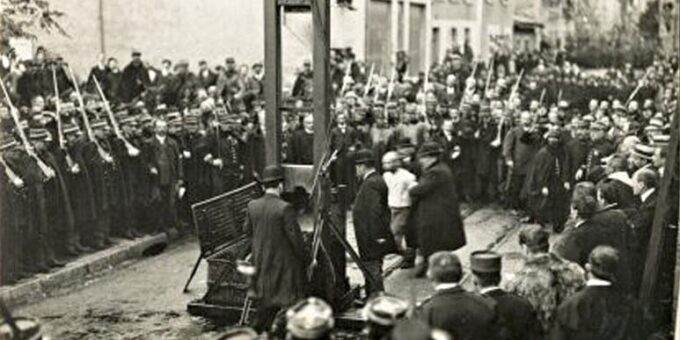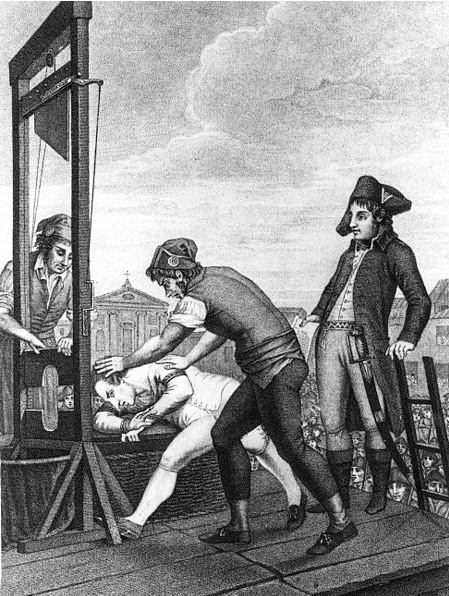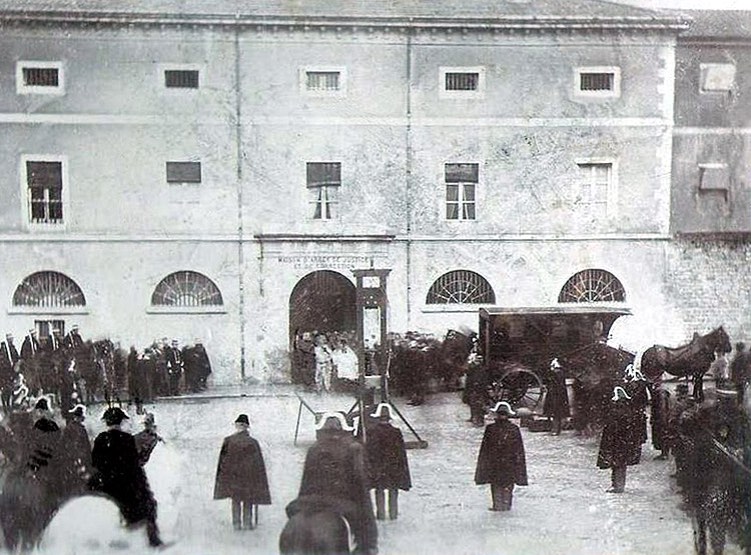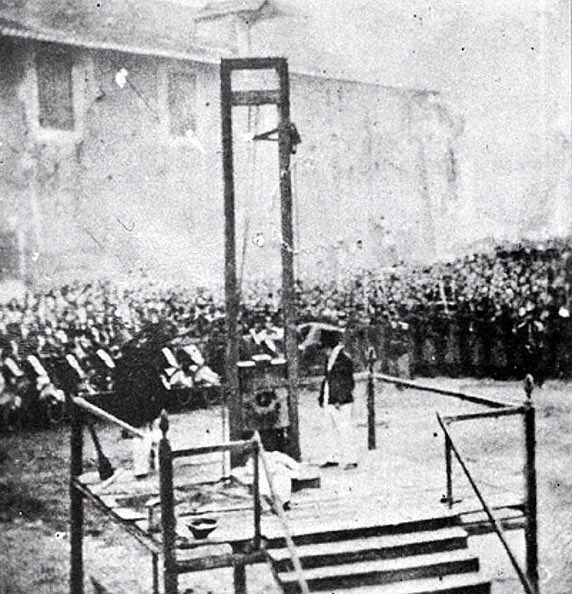
With over a million and a half views on my previous video about the guillotine in the early 1900s, I decided to take a more in-depth look into how prisoners were prepared to meet the blade during this time period.
In my previous video, many viewers were surprised to hear that the condemned slept on the night of his or her execution.

The reason why the condemned had to be woken up in the early morning was because the prisoner never knew when or even if he was about to be executed.
Each day inside the prison, the guards would give the prisoner hope that he would be pardoned. This kept the prisoner calm and in relatively good spirits. If he had known that he was about to be executed, he might have acted out in a violent manner or he might have attempted to end his own life.
And so the guards would play cards with him, supply him with cigarettes, and sometimes offer him a stiff drink.

On the night before the execution, the guards would continue to pretend that everything was fine and that there were no worries to be had.
Meanwhile, outside the prison doors, the guillotine was quickly being put together.
No doubt, if a prisoner heard the noise outside, he would have been assured that there was something else going on in the city streets that had nothing to do with the Red Widow.

In the early morning, the guards would take off their shoes and quietly enter the prisoner’s cell.
The condemned would be woken up, his execution warrant would be read out to him, and the guards would quickly whisk him away for last prayers.
He would meet the executioner, who would often give him reassuring words that the guillotine would be quick and painless.

His hair would be cut short, to prevent it from interfering with the blade. His shirt would be cut open for the same reason.
After all this, it was time for the condemned to meet the Red Widow.
The prisoner would have a guillotine attendant grab him by each arm, and the executioner would lead the way, out the doors and into the street.
Within seconds, the condemned was beheaded.

